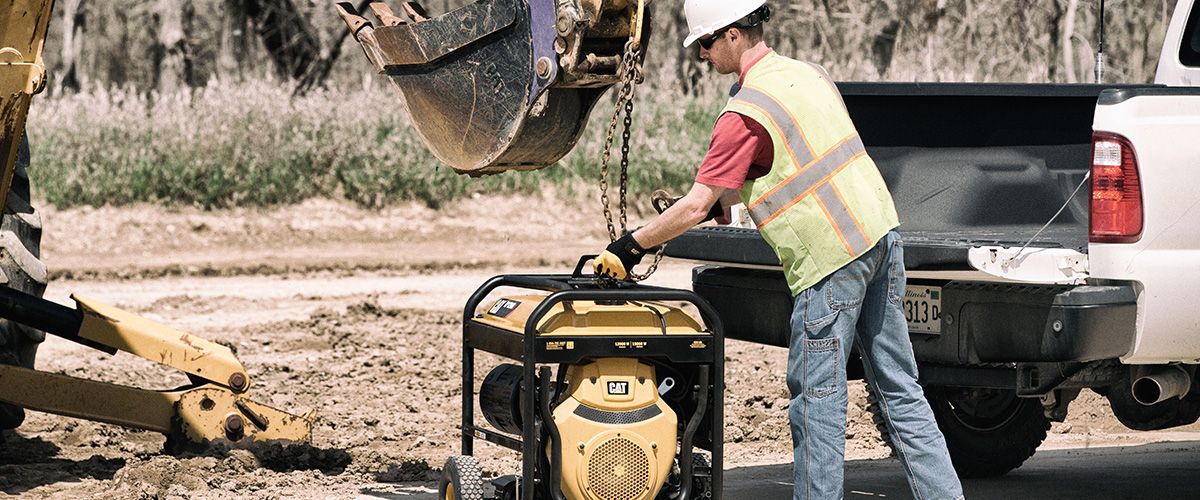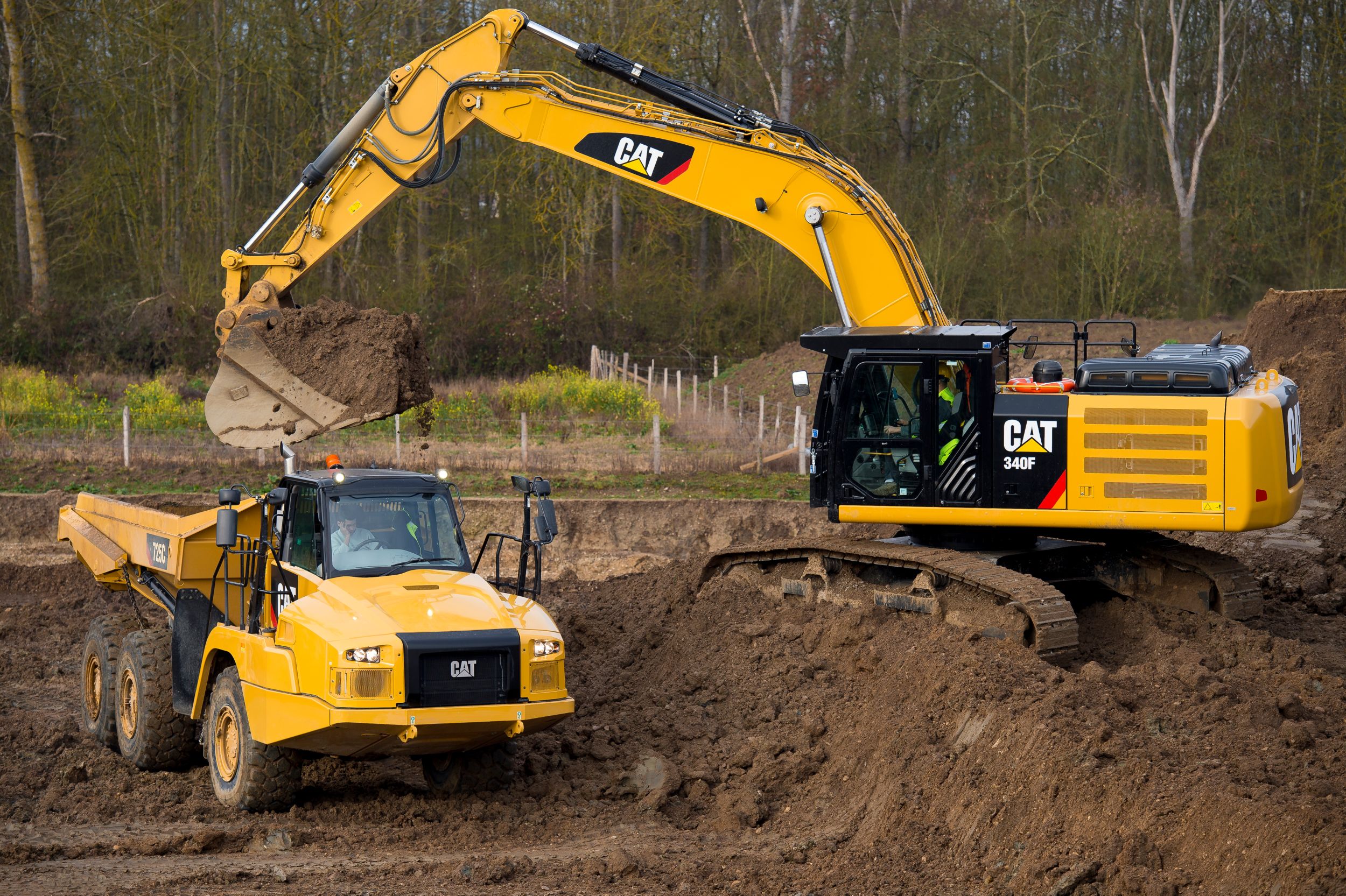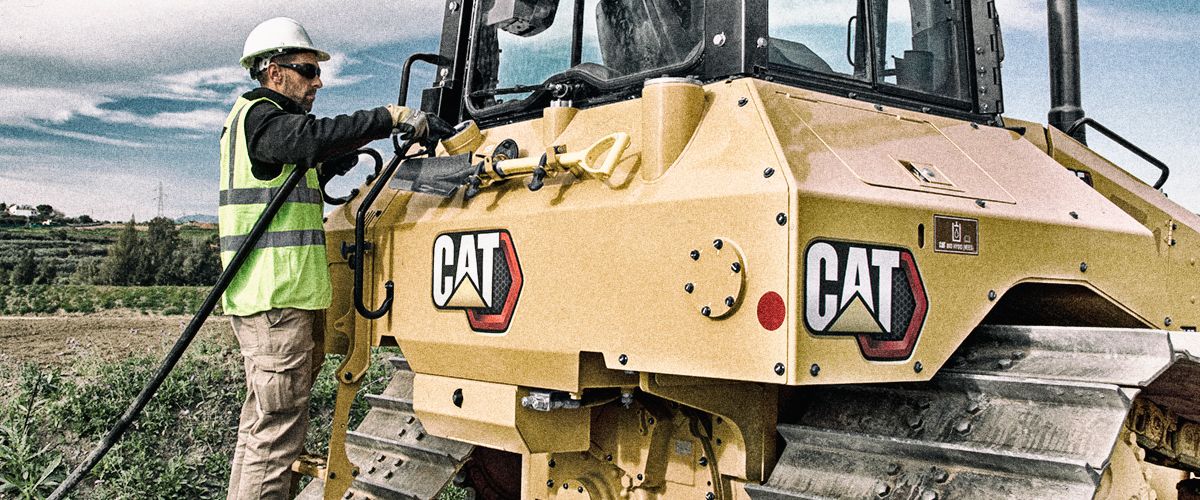If you already have an existing account with another Cat App, you can use the same account to sign in here.
One Account. All of Cat.
Your Caterpillar account is the single account you use to log in to select services and applications we offer. Shop for parts and machines online, manage your fleet, go mobile, and more.
Account Information
Site Settings
Security
DISASTER PLANNING: 4 STEPS TO TAKE ON YOUR CONSTRUCTION SITES
If Mother Nature strikes, will you be ready? Follow these proactive tips to help reduce weather-related delays and costs.
After a tornado, flood, hurricane or wildfire strikes, construction companies play a critical role in helping communities rebuild. But what if your firm is the victim of a natural disaster? Weather-related delays are estimated to cost the U.S. construction industry $4 billion a year. Here are four steps you can take to make sure you’re as ready as possible should disaster strike.
1. Put A Proactive Plan In Place
Don’t wait until severe weather shows up in the forecast to make preparations. Assign a team — including representatives from across your operation — to create a disaster readiness plan. Think about including:
Clear strategies to address potential risks on each site
Defined roles and tasks to complete before, during and after a disaster
Evacuation plans and routes for each site
Location and use of emergency equipment
Communication protocols before, during and after a disaster
Contact details of key individuals and emergency response teams
Revisit and update your readiness plan at least once a year — more often if you change sites frequently.
2. Batten Down The Hatches
High winds and heavy rain can damage equipment and carry away construction materials. If you work in a storm-prone area, think about investing in an indoor storage facility where you can move machines and other expensive items for safety. Otherwise, make sure you have a plan to fasten down and secure anything that remains on location. Pay special attention to hazardous chemicals, which could spill and lead to environmental damage and fines. With enough notice, you can also secure any buildings on-site. Board up windows and other openings, sandbag perimeters and cover materials with tarps.
3. Equip Yourself For A Faster Recovery
Every storm is different. But in the aftermath, you can usually count on power outages, flooding or both. Consider keeping portable pumps on hand if you operate in hurricane-prone locations and install them before a storm arrives to get a head start on water removal. It’s smart to supply your worksites with portable generators — and adequate fuel to run them — as well. The Cat® Rental Store is a great resource for this type of equipment if you don’t feel like you need it year-round.
4. Communicate, Communicate, Communicate
Disaster planning has little benefit if your team isn’t up to date on the plan. At least once a year — or at the start of various disaster “seasons” (hurricane, wildfire, tornado) — hold a disaster planning meeting with your crew. Review your readiness plan. Make sure everyone understands their roles and responsibilities, particularly evacuation procedures and communication protocols. Conduct practice drills to be best prepared for evacuations and take-cover situations. Encourage questions and ask for help identifying anything that might be missing or outdated in your plan.
Looking for more guidance? This site contains plenty of tips and tricks for disaster preparedness, both at work and at home, along with resources and support available from Caterpillar and other sources.
RELATED ARTICLES
You’re here to get ideas to grow your business. Read on for machine insights and expert tips and tricks to get more out of every job.
-
Machine Telematics
Harness the data of your machines through telematics subscriptions. Find maintenance problems early, increase productivity and save money by following our telematics guide.
Learn More -
Swell & Void Percentage, Load Factors
Learn about Swell and Void Percentages, load factors and how they can affect your fuel efficiency.
Learn More -
Gated Content Test
With fuel consistently at or near the top of your annual operating expenses, it doesn’t really matter if the price of diesel is up or down. Any savings you make in the area of fuel consumption go straight to your bottom line.
Learn More -
Gated Content Test
With fuel consistently at or near the top of your annual operating expenses, it doesn’t really matter if the price of diesel is up or down. Any savings you make in the area of fuel consumption go straight to your bottom line.
Learn More




